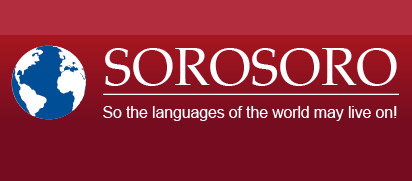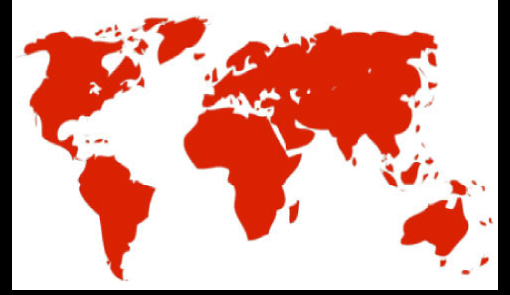Print  |
|


March 16 – 24, 2010: Sorosoro Director Rozenn Milin in India
Huge country, India is proud of the cultural and linguistic heritage it is known for… a heritage which stands among one of the most diverse in the world: the country counts 22 official languages, 234 mother-tongues recognized as such, 1600 languages and dialects… No one actually knows the exact number of languages because no proper census has been carried out in a long time, but some scholars consider there could be up to 900 distinct languages altogether.
Therefore Sorosoro can only be willing to act in favor of the protection of such an amazing diversity: Rozenn Milin has just spent eight days there working on possible collaborations, and she met various actors of linguistic preservation and revitalization: scholars, field linguists, activists…
She gave a conference at Jawaharlal Nehru University of Dehli in presence of Professor Girish Nath Jha, university Dean, who directs the Center for Sanskrit Studies, and Professor Subbarao K.V., an eminent Indian linguist who has worked on around forty languages.
She also met Professor Anvita Abbi, who was recently in the spotlight after the death of Mrs Boa Sr, very last speaker of the Bô language from the Andaman Islands. Mrs Abbi has extensively worked on describing and documenting the languages of these islands (http://www.andamanese.net/anvita.htm), and thus considerably contributed to raise awareness within the scientific community and beyond on the irremediable loss of this very ancient language and culture.
Also part of the program, were the long conversations with Rajesh Sachdeva, Director of the CILL (Central Institute for Indian Languages): a state organization devoted to study and coordinate the development of Indian languages, and eventually contribute to a mutual enrichment of these languages.
And Rozenn also took a little trip in Gujarat where she discovered an Adivasi Academy (“Indigenous Language Academy”) created by Professor Ganesh Devy, an amazing person who has committed himself to the development of these disadvantaged native communities. Please have a look at this week’s blog for more information: “Academic spheres to engage towards populations”.
On the financial level, it was also a time for the search of sponsors to contribute in funding actions regarding the preservation of the country’s linguistic and cultural diversity. Sorosoro met three of these possible contributors, and those who showed the most interest were also the less common characters; open and educated, proud of their cultural heritage, essentially people from a minority called the Parsi, descendants from Iranian migrants who arrived in India around eight centuries BC.
It has been an amazing first trip, very instructive, greatly promising. Now to set up a project with the local actors… a long row to hoe!








